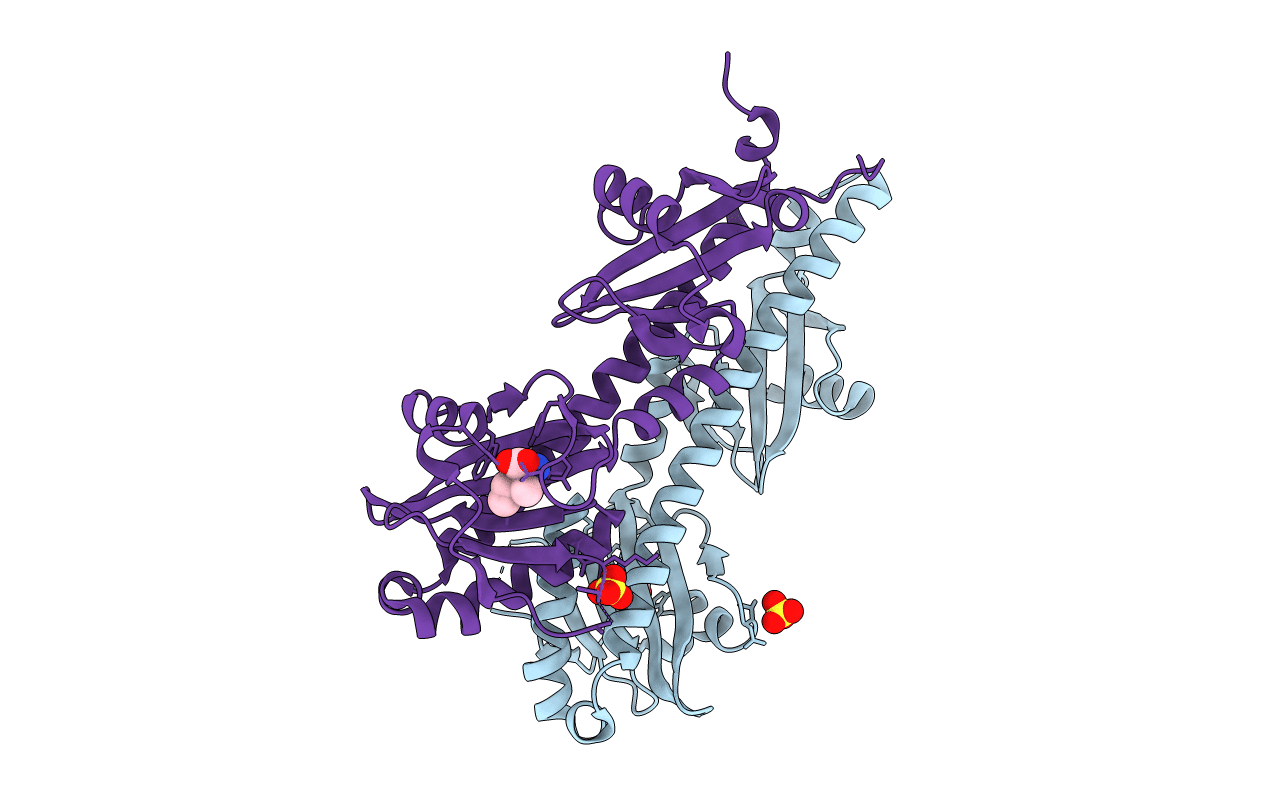
Deposition Date
2015-01-15
Release Date
2015-11-04
Last Version Date
2024-10-16
Entry Detail
PDB ID:
4XMR
Keywords:
Title:
Crystal structure of the sensory domain of the Campylobacter jejuni chemoreceptor Tlp3 (CcmL) with isoleucine bound.
Biological Source:
Source Organism:
Host Organism:
Method Details:
Experimental Method:
Resolution:
1.30 Å
R-Value Free:
0.17
R-Value Work:
0.14
R-Value Observed:
0.14
Space Group:
P 1 21 1


